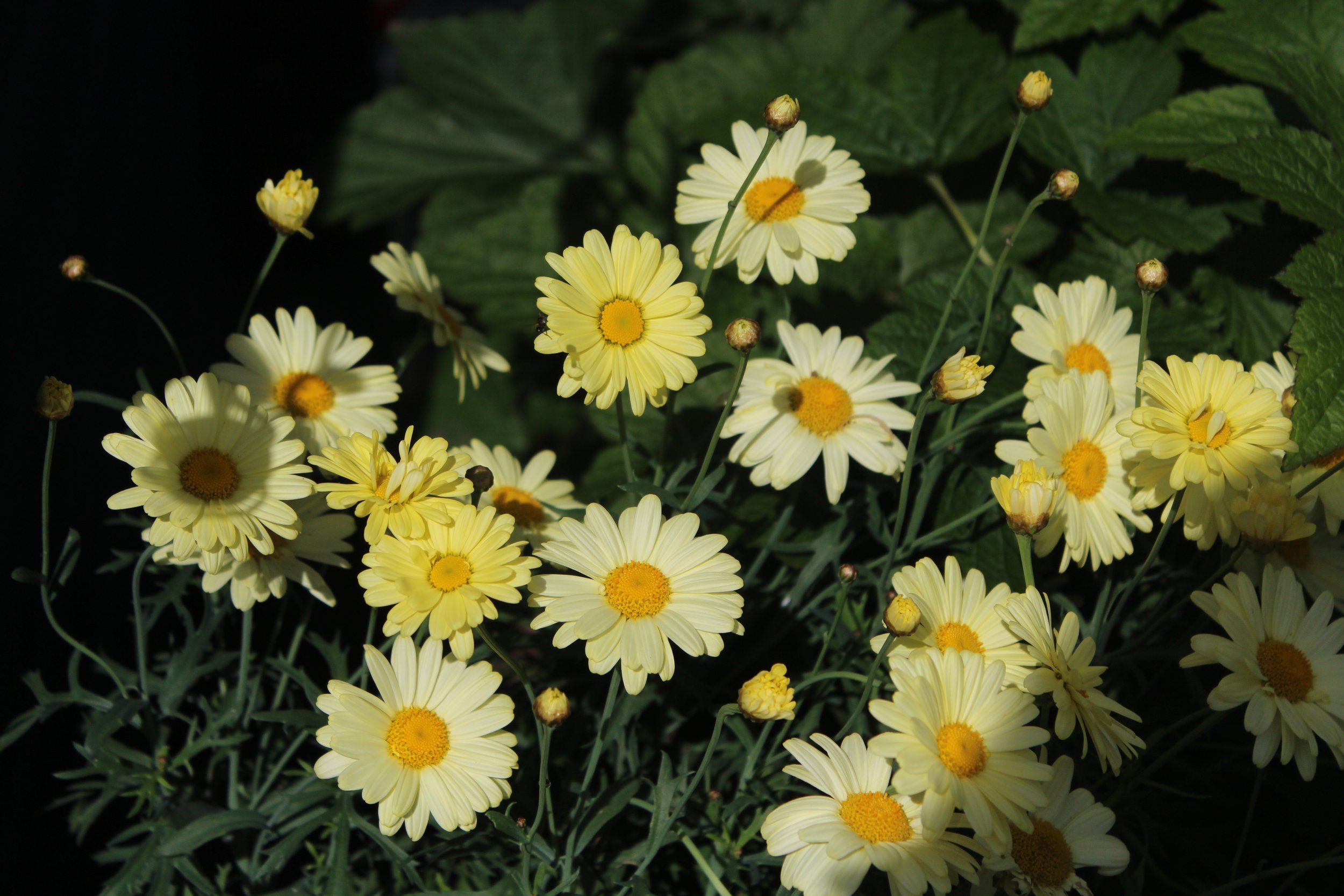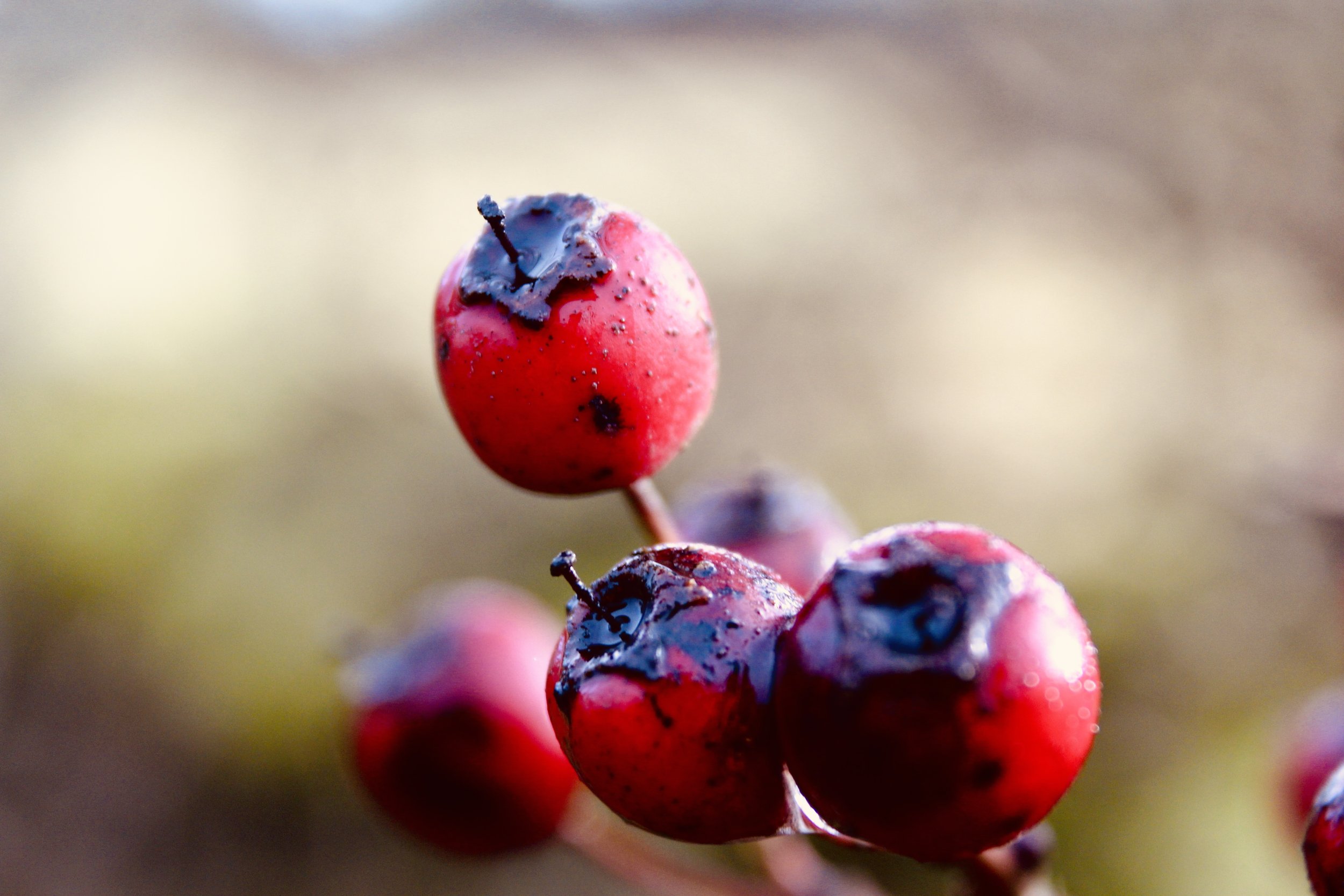Growing Through the Cracks
In the heart of Glasgow, community gardens, wildflowers, and pollinator paths are transforming forgotten spaces into hubs of health and connection. With nature prescriptions on the rise and residents taking root in their neighbourhoods, green spaces are proving vital for both human and environmental wellbeing. This is what it means to grow community – from the ground up.
By Flora Zajicek | Photos by Dylan Lombard
Each spring, I always look for the natural world climbing up around me. I grew up in the middle of a moor and somehow, especially now that I live in a city, bearing witness to the seasons feels like a way to ground myself in the bigger scheme of things.
I take great joy in seeing a single poppy rear its petals and hairy stem from between two pavement slabs, or a dandelion springing up from a crack in a concrete wall. It doesn’t last long, the yellow petals puff up into seeds and the wind blows them off in great gusts.
But these little flecks of colour humble us as humans, they remind us of nature’s resilience and defiance in spite of the walls, lawn mowers and the weed killers we’re so obsessed with. For me, a deep inhale of a bluebell woodland can soothe me and help get everything in perspective.
This got me wondering… what are the tangible impacts of wild and green spaces in cities? How do they impact our health – and the health of our natural world?
There is an accumulating list of scientific studies that have demonstrated the various benefits of green spaces on peoples’ health; access to green space is related to lower mortality from cardiovascular disease, lower levels of obesity, and of type two diabetes. Having greenspace nearby has been associated with lower rates of various mental health conditions too, such as depression and anxiety. Accessing nature and green spaces has even been shown to help us sleep better through the night.
The mounting evidence that demonstrates this link between a connection to nature and our mental and physical wellbeing led to an innovative collaboration between the RSPB and various GP practices. In 2018, GPs in Shetland became the first in the UK to prescribe nature to patients suffering from diabetes, mental illness, stress, heart disease and anxiety. This trial rolled out to its first urban setting in Edinburgh where more than 74 percent of patients said they benefited from their prescription and 87 percent of people said that they would continue to use nature to support their health and wellbeing. Now, nature prescribing is used across Scotland, including Glasgow, and alongside other health interventions, your GP might offer you a prescription leaflet and a seasonal calendar of ideas and suggestions to help you connect with nature.
The Gaelic speakers among you will know that ‘Glasgow’ in Gaelic (Glaschu) is commonly translated to mean ‘the dear green place’. Green is only part of the story, though. If you’re reading this from somewhere local you are probably used to some of the beautiful landscaped gems such as Queen’s Park, and Pollok Country Park, or even the Hidden Gardens. But there are plenty of other, smaller dear spaces that are tucked away, sometimes forgotten and left to grow wild.
One project across the UK is trying to build a network of pollinator friendly routes so that bees and insects can survive, even in urban areas. B-Lines is attempting to restore pathways for pollinators whose habitats have been destroyed due to industrial farming or urbanisation. Even though humans have been living in urban environments for 6000 years, we’ve only become majority city-dwellers in the last decade. This rapid urban expansion along with industrial farming, has been enormously destructive of our pollinators and our meadowlands which have decreased over the UK by 97 percent since the 1940s.
Research has shown that the existence of green spaces alone are not a measure of a healthy natural space, but it's the quality of the space for insects and pollinators that matters. In Scotland, the number of flying insects has dropped by nearly 30 percent in the last 20 years. For our outside spaces to be doing the best they can, both for human health and the health of the natural world, they need to be left more wild, with all colours of plants growing to encourage all kinds of pollinators.
In other words, a verge full of wild flowers might do more good for the birds and the bees than a whole recreation ground of grass. And it’s not just the wildlife that benefits. One study has shown that people respond more positively to more biodiverse green spaces (such as meadows) than mown grassland. So what are we doing about that here in Glasgow?
Our Dear Green Spaces
Various projects around Govanhill have demonstrated creative and community-strengthening ways to improve your local green spaces for humans and nature. Planters in Govanhill and Shawlands have been put out to improve public spaces both for people and insects.
The Transylvania Coffee and Shop on Victoria Road are known locally for the work they put into keeping the surrounding environment clean. There is a colourful display of flowers and trees outside, both for bees and the people. Co-owner, Daniel Radu said: “When we moved here we saw so many bees but they had no food, so we started planting flowers to give them something to eat. Daniel has a deep love of flowers and nature having learned their names on his family farm as a boy in Romania. He describes nature as "food for the soul" and scatters seeds along walks sometimes, taking great pride in trees he's nurtured from saplings.
On Albert Drive, a group of residents transformed an unused corner that was accumulating rubbish with a grant from Sustrans as part of the South City Way. There’s a wee sitooterie now complete with raised beds. Cat Hotchkiss 4 Albert Drive Residents Associations said it’s made a world of difference:
The benefits of a community garden that I've observed whilst milling around with my fingers in the soil are many. It provides a meeting place, a spot for people to rest, and to bump into neighbours. I've seen people with heavy bags or mobility aids resting on their way to and from the shops, nappies being changed, babies being breastfed. Kids have joined me to litter pick and plant seeds, families stop for ice cream, staff take their break. I've seen punctures being fixed, seeds collected, picnics shared, books read, break ups, dates, flat meetings, card games, tantrums, play dates and stretching runners.
Although we all love Queen’s Park I want to see more green spaces and more variety in the type of free public seating we can enjoy – the more corners of the city that we can make our own, free, and accessible the more exciting it makes the city to me. Personally, I have got to know so many more of my neighbours over the years since beginning the garden. People pass by and chat in a way they wouldn't if we regularly crossed paths in the park or behind a gated garden. It's difficult to put into words how important that feels.
In Pollokshields, Tramway are also working to create new beautiful, usable outdoor spaces. The project is part of their Tramway Beyond Walls, which grew out of the need to take art out into the surrounding communities. Funded by the Art Fund, they have worked with the local community to reimagine two outdoor spaces. Stepping Stone Park and Turtle Park are both green spaces on Leslie Street at the end of tenement rows. Previous plans to develop on these spaces were resisted by the Leslie Street Greenspaces Group and the council redesignated them as parks.
Alexander Storey Gordon, assistant curator at Tramway said:
We decided to work with different artists to create park infrastructure that sits between functional park benches and sculpture, reusing materials. We wanted to think about how communities might feel more ownership of them, and provide a resource for nature. We’re also interested in creating pollinator pathways that bridges green spaces. We also plan on working with local schools to develop projects around planting and gardening.
Projects like these transform nooks and crannies of our concrete landscape into something fruitful and in the process, build communities of humans and insects alike. Health and wellbeing is not just a walk in the park, if we really mean it, both for us and our natural world, it means getting our fingers in the earth, sowing seeds, and nurturing our communities of living beings at a truly grassroots level.









